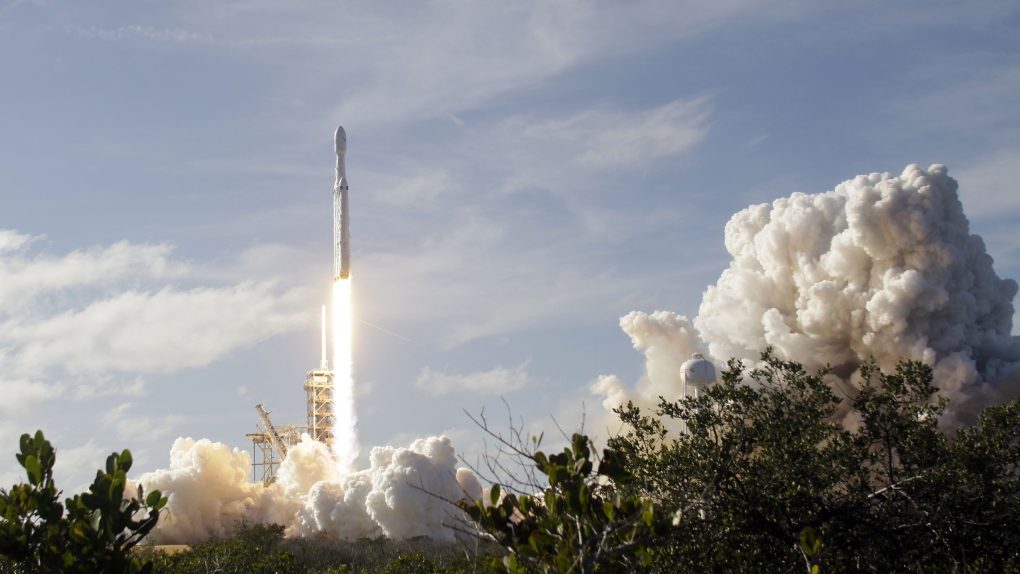SpaceX is already well ahead of its competition when it comes to reusable rocket technology. The company has proven many times that its hardware can fly, land, and fly again. This lowers cost while also allowing for rapid turnarounds and more launches for more clients. It’s working well thus far, but SpaceX wants to further optimize its business model by reusing other pieces of its Falcon rockets in addition to the boosters.
As SpaceflightNow reports, a launch is currently scheduled for November 11th that will see a previously-flown SpaceX Falcon 9 rocket fairing sent into space. It’ll be the first time SpaceX has ever reused a rocket fairing — which is one half of the nosecone that sites at the top of the vehicle — and if it works, it could signal huge cost savings for future missions.
SpaceX spent a lot of time and effort to come up with a system that would recover its rocket fairings. Early attempts to slow the descent of the nosecone pieces failed due to their awkward shape. SpaceX outfitted a boat with a huge net to capture the nosecone halves as they fall, but routinely missed the mark and failed to catch them.
With an even larger catch net and a bit of luck, they finally pulled it off back in June and then again in August. Now, the company has to demonstrate that a previously-used fairing works just as good as it does when it’s new. The launch is part of SpaceX’s Starlink mission and will see the deployment of 60 new communications satellites.
SpaceX’s bread and butter has always been (and will continue to be) the reusable nature of its rocket boosters. Still, SpaceX boss Elon Musk has stated that the fairings cost several million dollars on their own, so recovering and reusing them is a significant additional cost savings.








